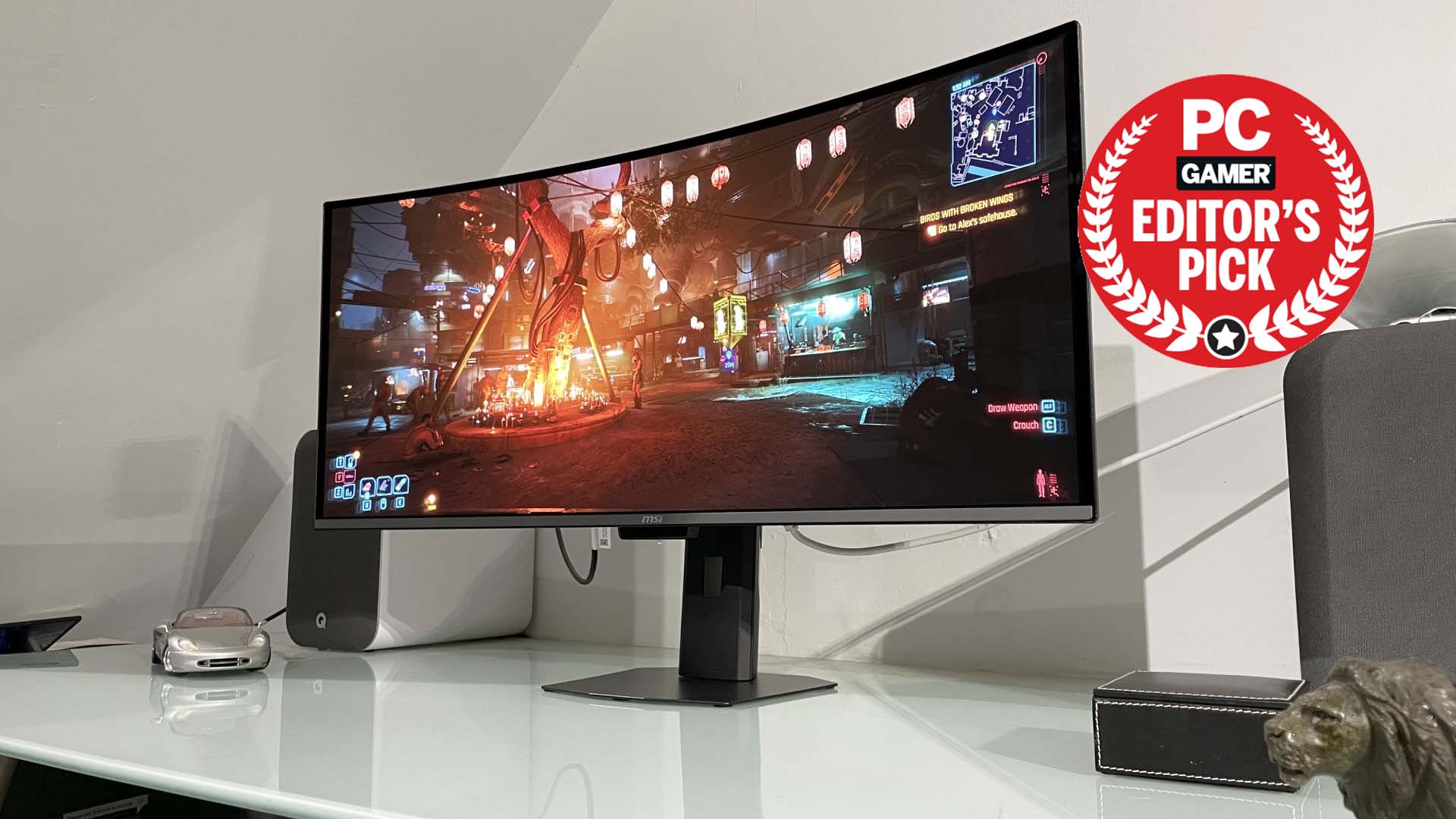At the Gates, the latest project from Civilization V designer Jon Shafer, has a lot of basic things in common with Sid Meier’s ongoing dynasty. It models the European world around the time of the collapse of the Roman Empire with a sprawl of hand-drawn tiles, many of which contain resources that can be exploited. We’ve got turn-based combat and the ability to tech up to better units. There’s a diplomacy system that has you sizing up everyone from the Roman Emperor to Attila the Hun.
But digging deeper, there’s a lot more different than there is familiar. And most of the changes are pretty great, breaking from the Civ formula to model a very different type of society. To start, you only get one settlement, ever. This settlement can be packed up and moved across the map, representing the great tribal migrations that took place around the 300s and 400s CE. Doing so not only offers enticing opportunities, but becomes necessary as you will eventually deplete the resources available in your starting area completely, and increasingly harsh weather will make your people long for the more fertile, marble-paved lands of a Rome in retreat.
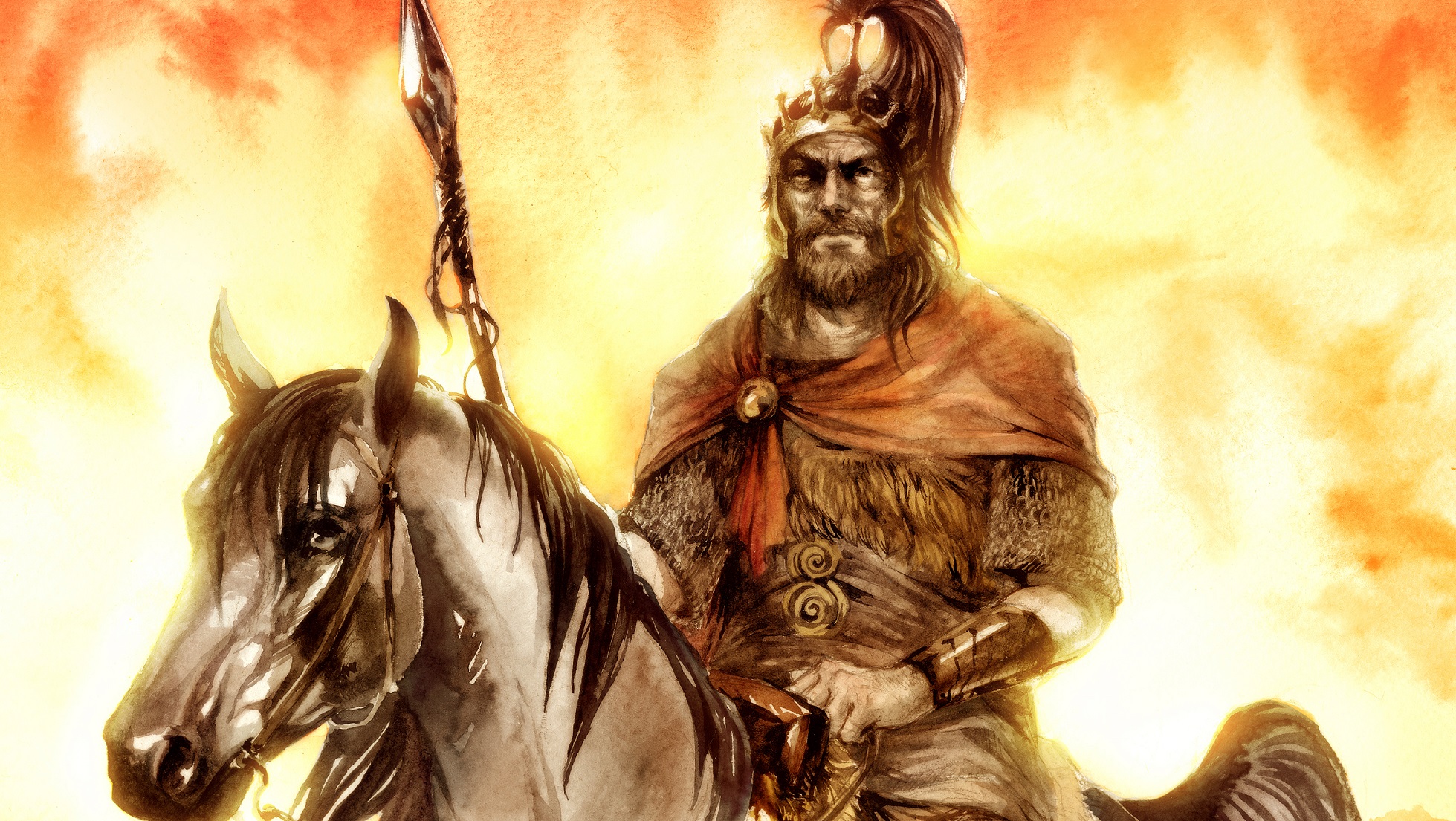
The overall goal is to outright conquer either the Eastern or Western Roman Empire.
Units, both on the map and locked to your capital, are represented by Clans. Each has a pair of personality traits you had better pay attention to if you want to keep them happy. Each Clan can be assigned a single job, and a Creative clan will want to work in a trade, like opening a blacksmithing shop in the settlement, rather than being trained as a military unit to go out on the map and conquer. Rowdy clans don’t play well with others, and might start feuds if left in the settlement. Clans are limited by a population cap that can be expanded through spending hard to acquire luxury resources like cloth, and this hard limit forced me to make a lot of interesting decisions about how to specialize my economy.
It’s almost impossible to have a society that produces everything it needs, but a merchant caravan that arrives three times a year (with each turn representing about a third of a month) gives you the opportunity to fill in the gaps with commerce. In my most successful campaign, my Goths started with a large herd of horses and two rich coal deposits pretty close by. What we lacked was arable land and access to iron, essential for making weapons and tools. So I set some clans to be miners and others to train these wild stallions into incredibly valuable warhorses (which I did not yet have the tech to take advantage of in my own army). We produced enough coal and loyal steeds to make us very wealthy, able to buy all the iron we needed along with preserved foods like cheese to help our growing population make it through the lean winter months.
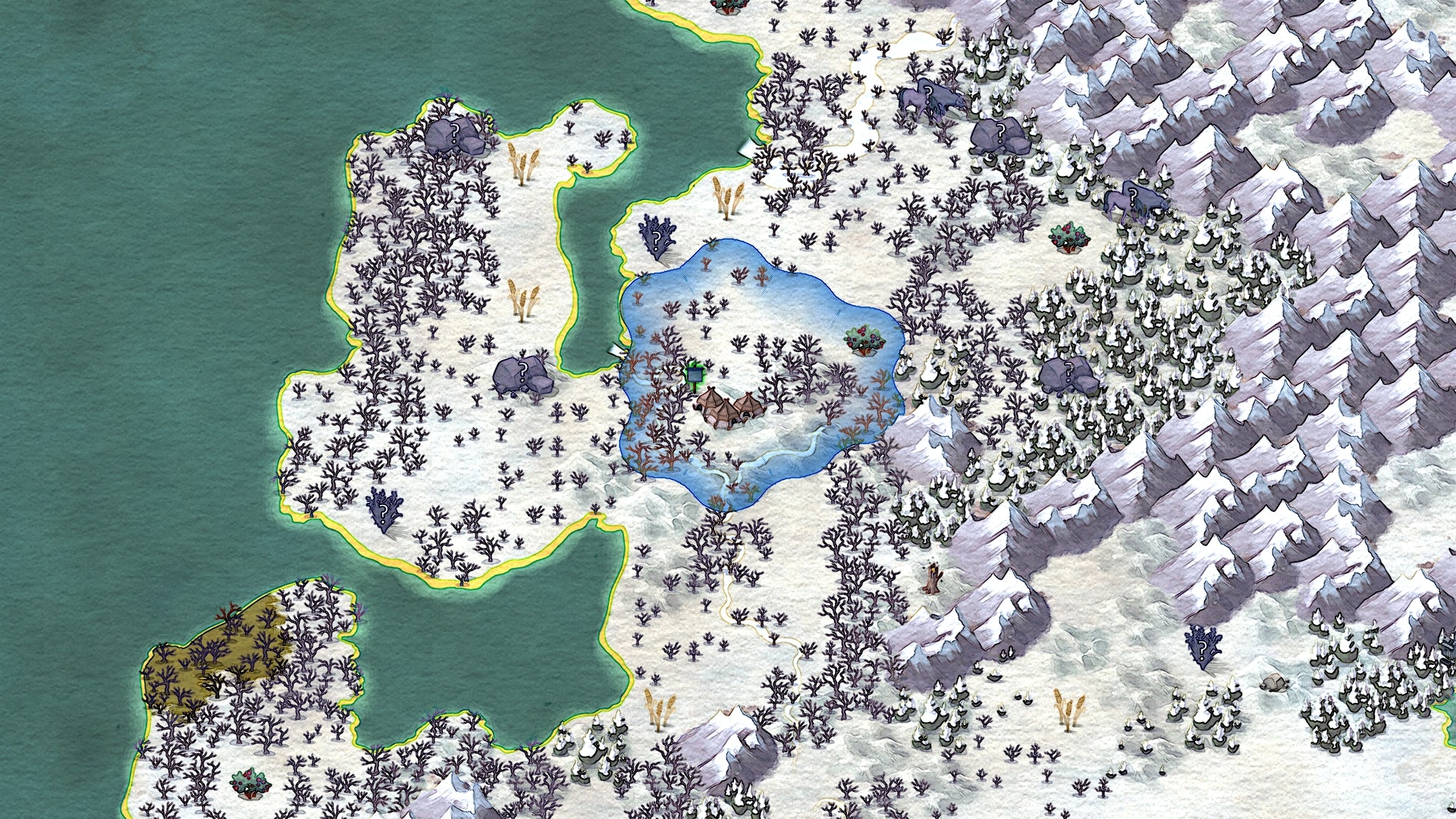
Weather has a huge impact on At the Gates’ map, with many resource deposits becoming completely unusable in cold or snowy weather. Investing in agriculture lets you build up a large stockpile of food, but you’ll have entire clans producing nothing in the colder months. By contrast, focusing on hunting (especially if you can get a hold of salt to cure your meat) provides a year-round trickle that will keep your people fed, but doesn’t provide much of an emergency stock. Entire tiles can also be flooded by rain, particularly next to major rivers. And there is a full supply system that will slap your clans with attrition if you send them wandering too far from the settlement once winter hits.
The overall goal is to outright conquer either the Eastern or Western Roman Empire by sending an army to take their capital, or to be proclaimed Magister Militum of Rome by sending your loyal clans to serve as legions and eventually hand power over to you. The latter requires a powerful economy, as you’ll need to equip martial clans with the best armor and weapons available and will not have access to them for conquest or defense once they’ve been sent to Rome. In the early game, both Roman Empires can swat away your cagey tribal warriors with ease. But as the years march on, their decline progresses and their underbelly grows riper for your spears—spears which, by then, are hopefully made from fine, castle-forged steel.
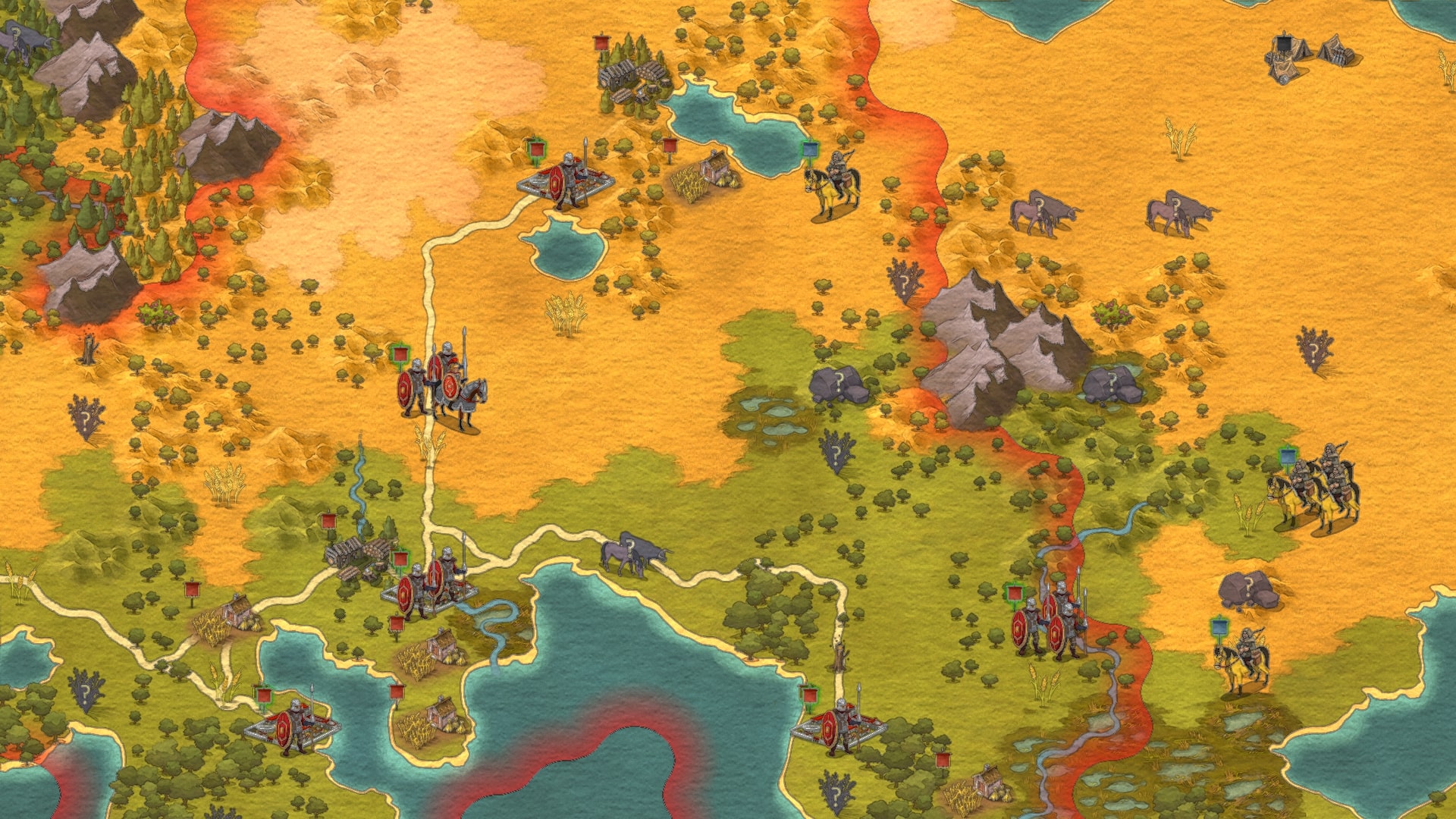
The big mid-game shift comes when you decide to proclaim a kingdom, fixing your capital in place and ending your tenure as nomads. At this point, it becomes possible to set up watchtowers to extend your civ’s zone of influence and, with access to stone, create permanent resource-extracting buildings that won’t deplete the tile over time, like the wooden ones available to migrators do. When and where to proclaim a kingdom is a puzzle I wasn’t quite able to test my wits against in the 100 turns of the demo I played, but it seems like a rewarding way to force you to change up your thinking partway into a campaign.
Keep up to date with the most important stories and the best deals, as picked by the PC Gamer team.
I wasn’t as impressed with a few technical aspects of At the Gates. There is some noticeable interface hitching, clicking on goods on the caravan screen didn’t always properly bring up the trade menu, and I got a persistent tooltip error past about turn 50 any time I opened the tech tree that made it difficult to select my next research path. In addition, the three campaigns I played close to the turn limit would eventually hit a point where they would consistently crash to desktop when I ended a specific turn, preventing me from ever actually reaching turn 100. Ending turns also lacks an animation, forcing the entire screen to freeze up for a few seconds, which was a minor but ongoing annoyance.
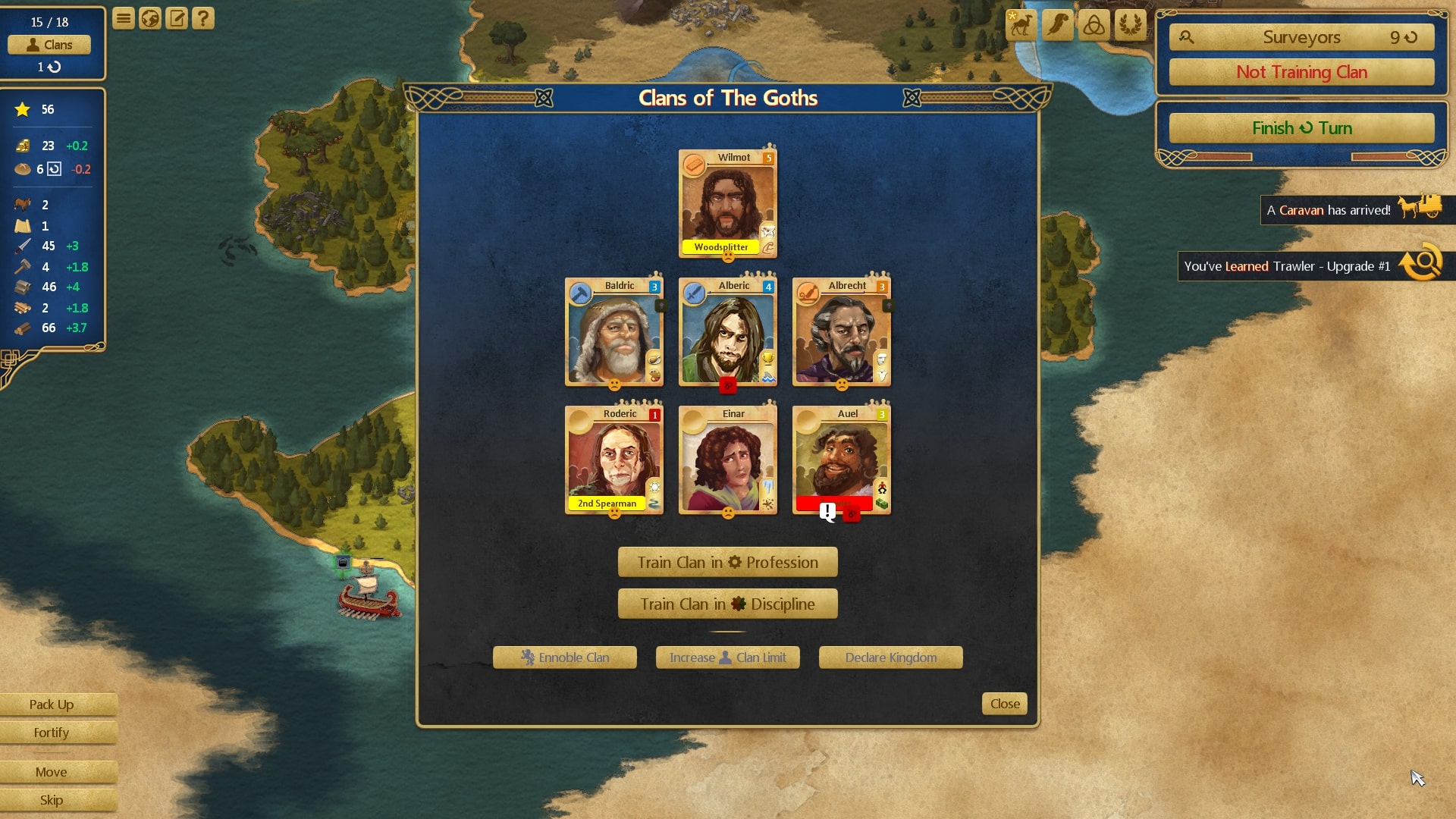
It’s clear that At the Gates needs a little more time in the oven, but the design direction it’s taking is very promising. Compared to Civ, it’s a much more detailed and granular modeling of history that still provides that zero to hero feeling, beginning with not much more than a circle of tents and working your way up to a kingdom to challenge Rome. By killing some sacred cows that Firaxis seems hesitant to, it shines a light on how this genre could and should evolve.
At the Gates will be releasing on January 23, nearly six years after its announcement on Kickstarter.
Len Hafer is a freelancer and lifelong PC gamer with a specialty in strategy, RPGs, horror, and survival games. A chance encounter with Warcraft 2: Tides of Darkness changed her life forever. Today, her favorites include the grand strategy games from Paradox Interactive like Crusader Kings and Europa Universalis, and thought-provoking, story-rich RPGs like Persona 5 and Disco Elysium. She also loves history, hiking in the mountains of Colorado, and heavy metal music.

